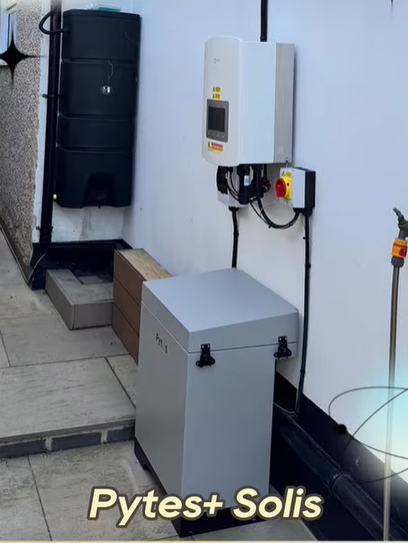Maintaining a clean and hygienic environment is of utmost importance in hospitals, where the risk of infections and diseases is high. Bathrooms, being one of the most frequently used areas, require special attention when it comes to cleaning. In this comprehensive guide, we will delve into the world of hospital bathroom cleaning, exploring the techniques, products, and equipment that hospitals employ to ensure impeccable cleanliness.
- Understanding the Importance of Hospital Bathroom Cleaning:
- The role of clean bathrooms in preventing the spread of infections.
- The impact of a clean and well-maintained bathroom on patient satisfaction and overall hospital reputation.
- Compliance with strict health and safety regulations.
- Essential Cleaning Products and Disinfectants:
- Hospital-grade disinfectants: Exploring the types of disinfectants used in hospitals, such as quaternary ammonium compounds, hydrogen peroxide, and bleach-based solutions.
- Effective cleaning agents: Highlighting the importance of pH-neutral cleaners for different surfaces, including stainless steel, porcelain, and tiles.
- Specialized bathroom cleaners: Discussing the role of specialized cleaners for removing stubborn stains, mineral deposits, and soap scum.
- Advanced Cleaning Techniques:
- Proper cleaning procedures: Step-by-step instructions for thorough bathroom cleaning, including pre-cleaning, disinfection, and post-cleaning measures.
- High-touch surfaces: Identifying and focusing on frequently touched surfaces like faucets, doorknobs, and light switches.
- Steam cleaning: Exploring the benefits of using steam cleaners to eliminate bacteria, viruses, and fungi from bathroom surfaces.
- Equipment and Tools:
- Microfiber cleaning cloths: Highlighting the advantages of using microfiber cloths for their superior cleaning and absorption properties.
- Electrostatic sprayers: Explaining how hospitals utilize electrostatic sprayers to evenly distribute disinfectants and reach inaccessible areas.
- Automatic cleaning systems: Introducing automated cleaning systems that reduce human error and ensure consistent cleanliness.
- Best Practices for Hospital Bathroom Cleaning:
- Regular cleaning schedules: Emphasizing the importance of frequent cleaning and disinfection routines.
- Proper ventilation: Discussing the significance of adequate ventilation to prevent the buildup of moisture and mold growth.
- Training and education: Highlighting the necessity of training staff members on proper cleaning techniques and the use of cleaning products.
Conclusion:
Maintaining a clean and sanitized hospital bathroom is crucial for patient safety, staff well-being, and overall infection control. By understanding the products, techniques, and equipment used in hospital bathroom cleaning, healthcare facilities can ensure a hygienic environment that promotes healing and recovery. Implementing best practices and staying up-to-date with advancements in cleaning technology will contribute to the overall success and reputation of the hospital.





